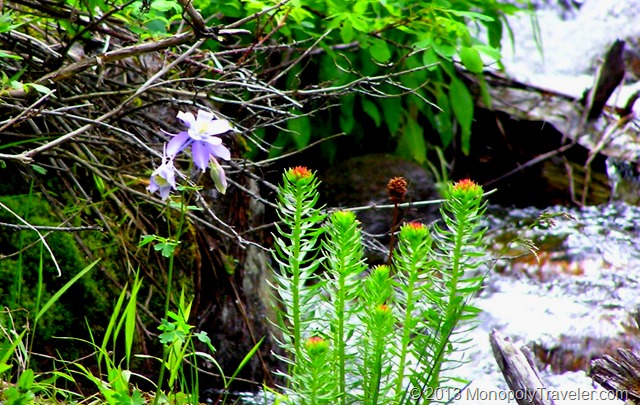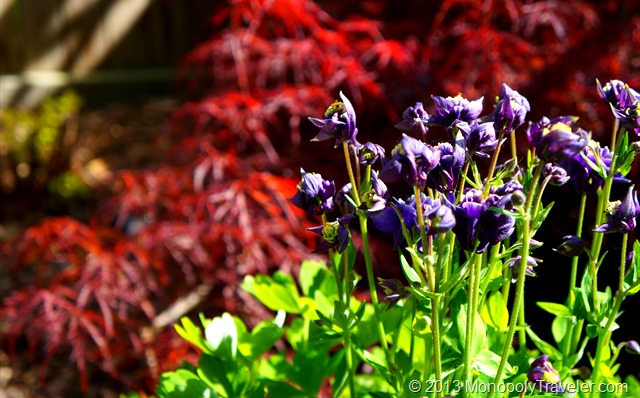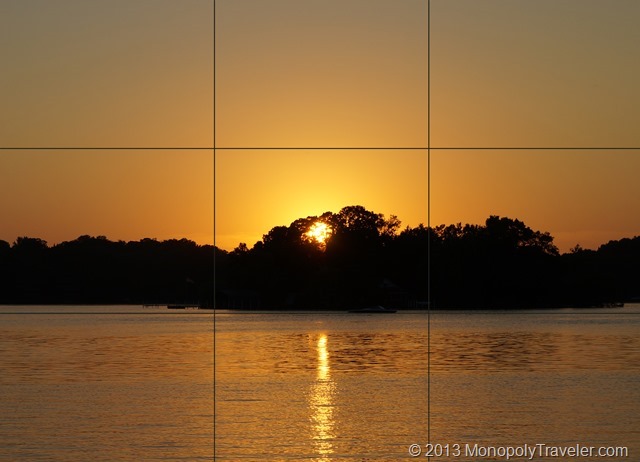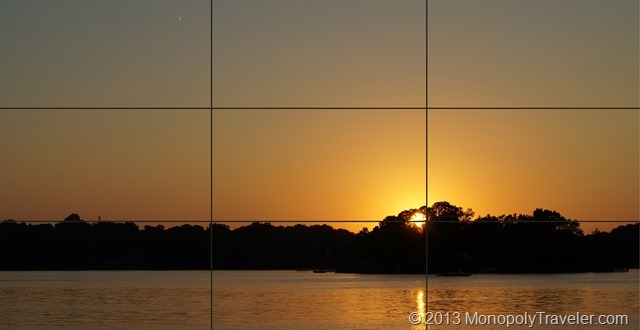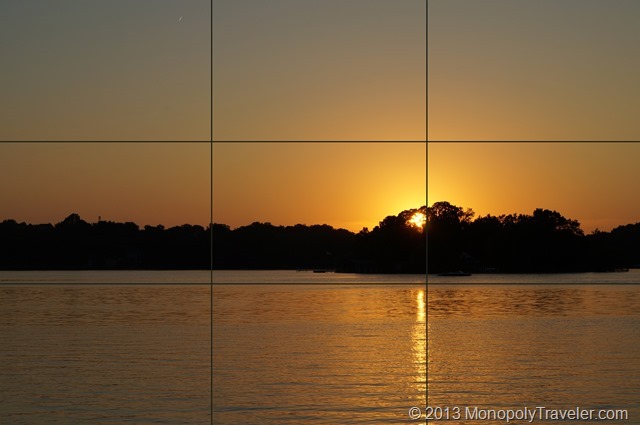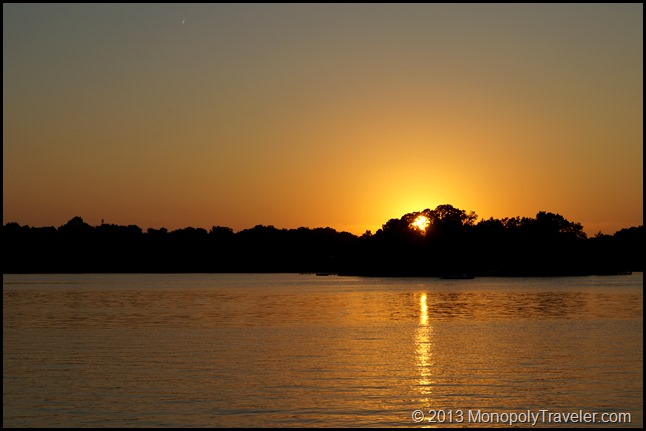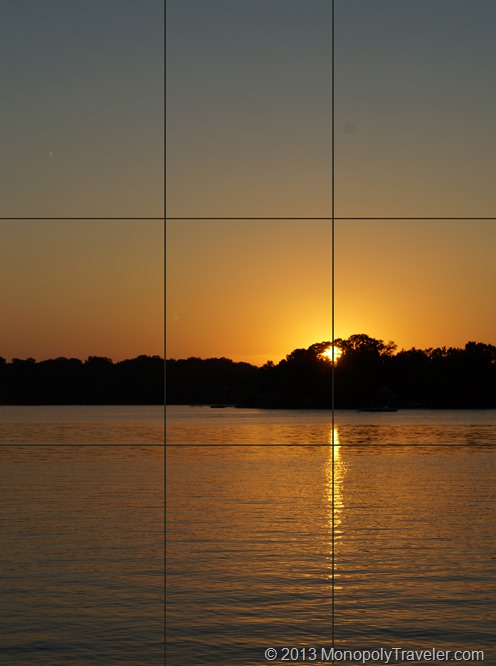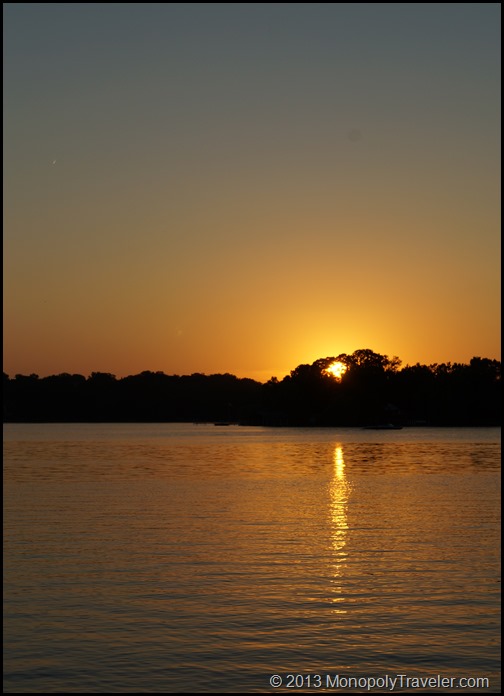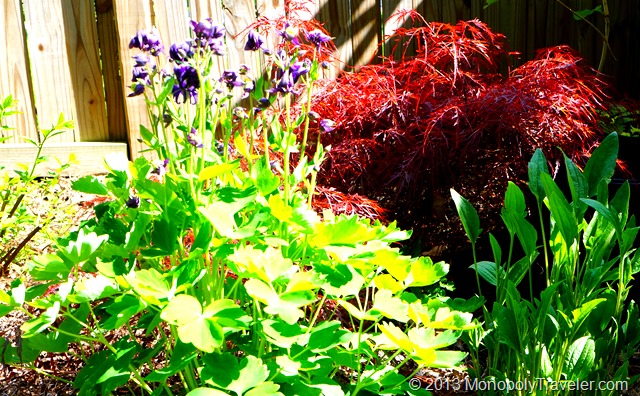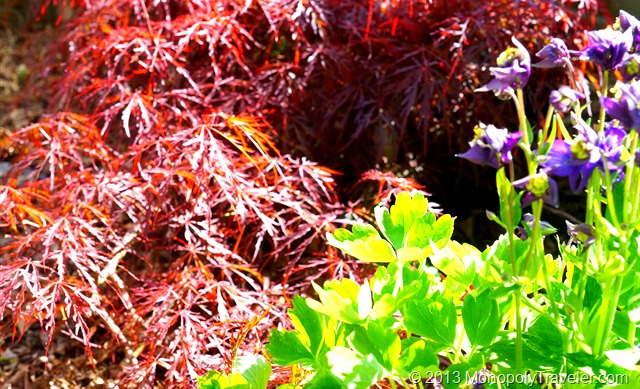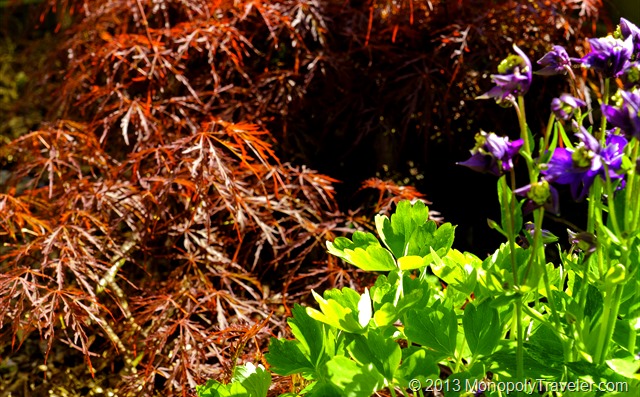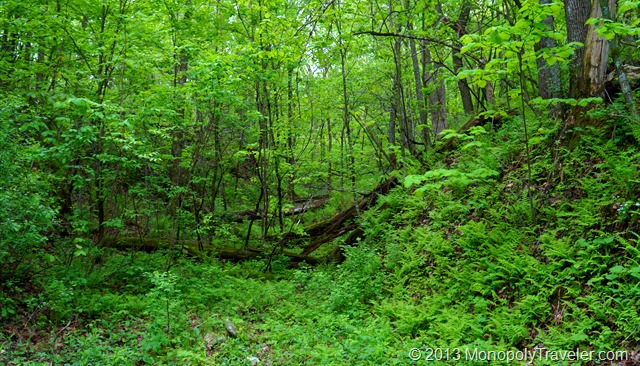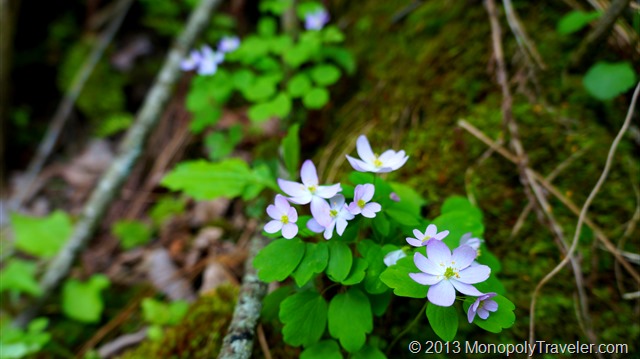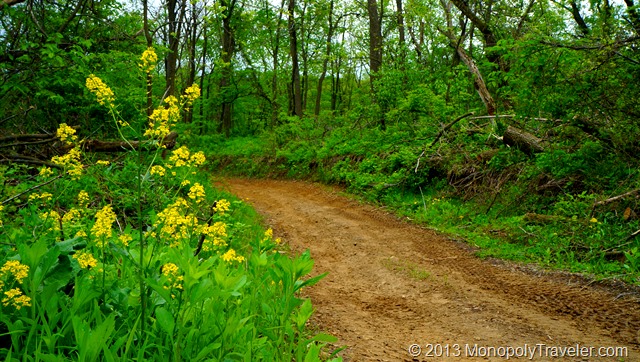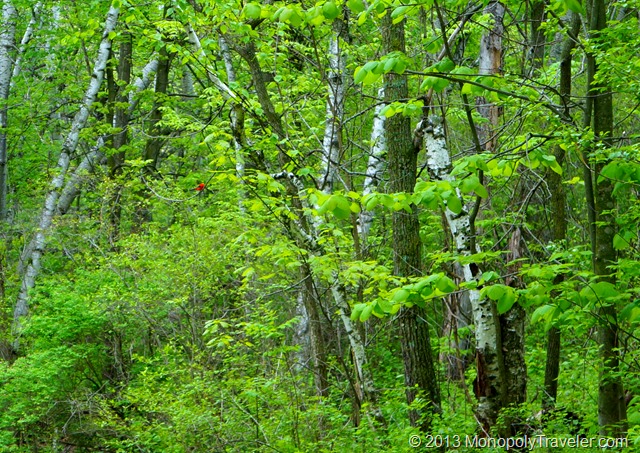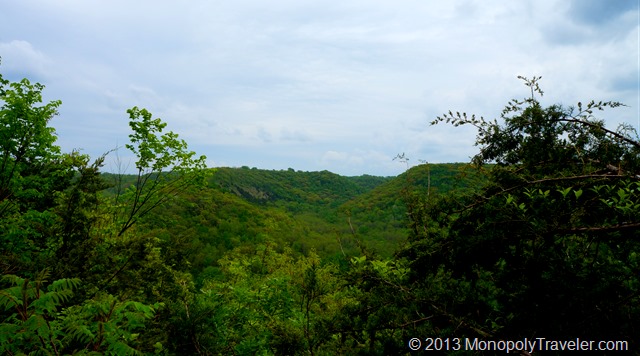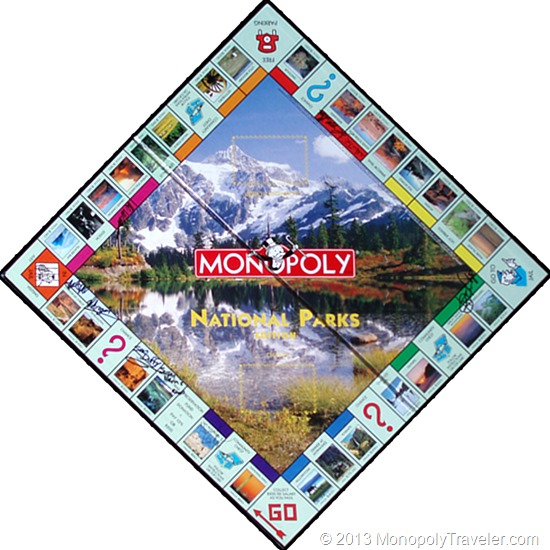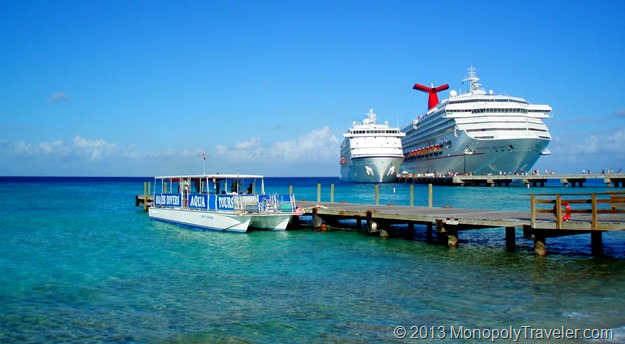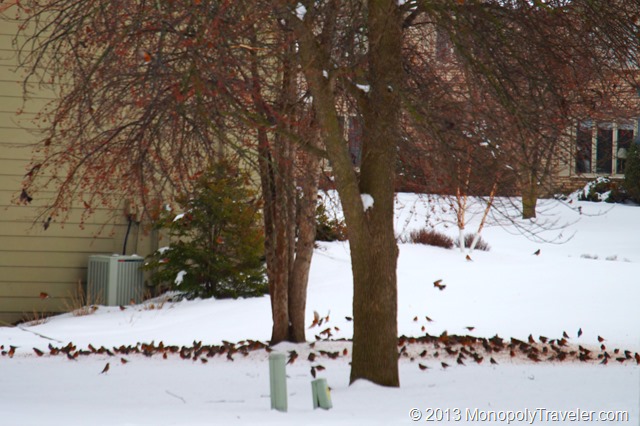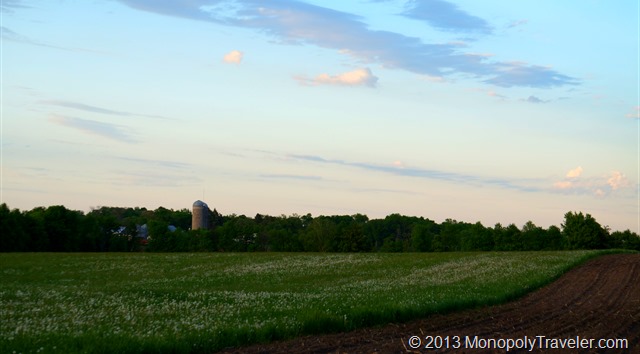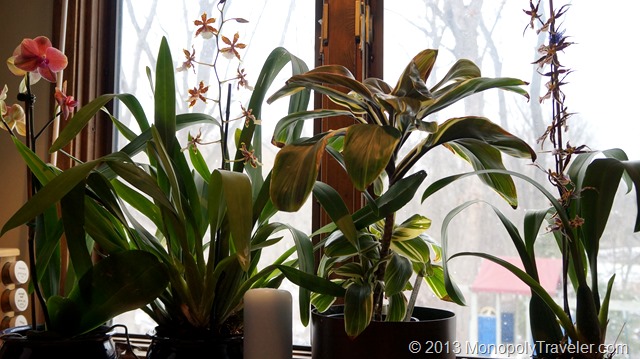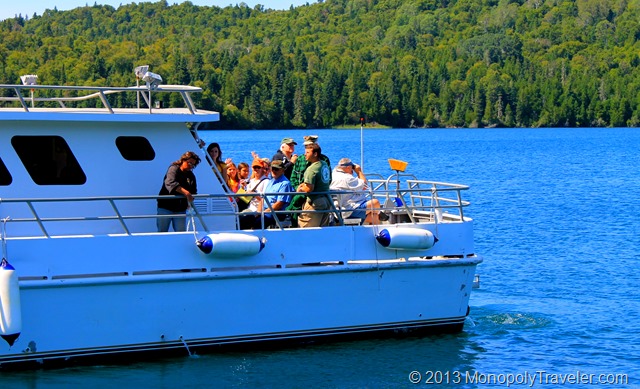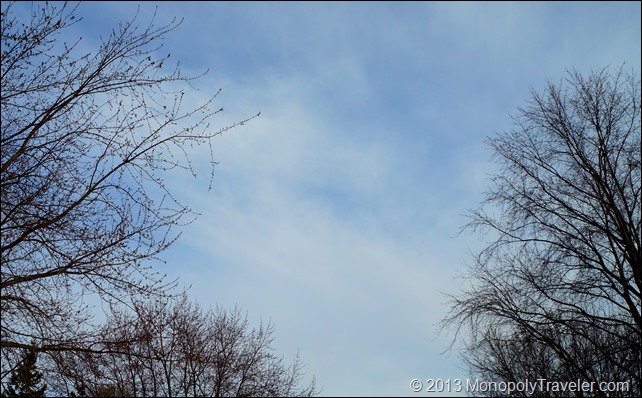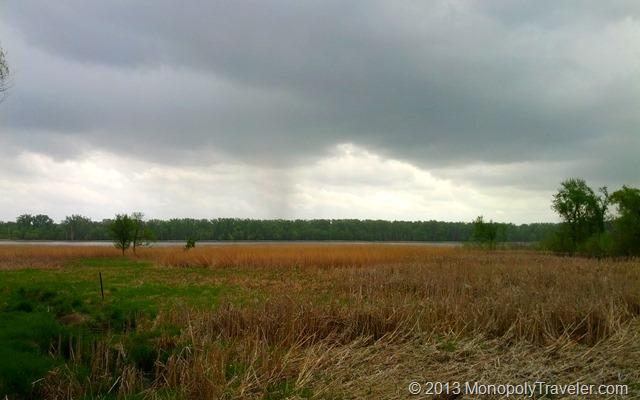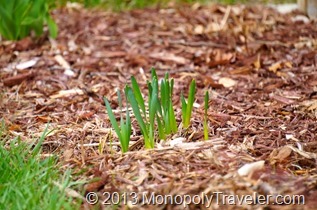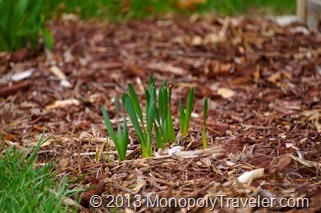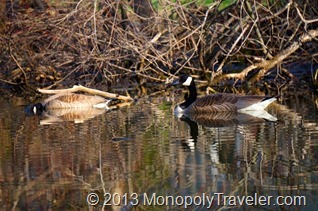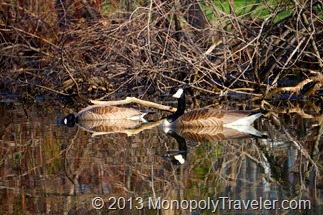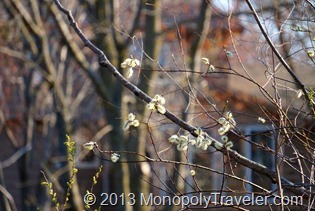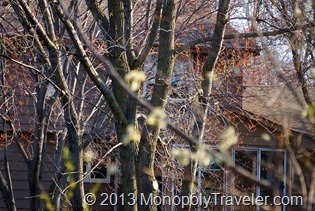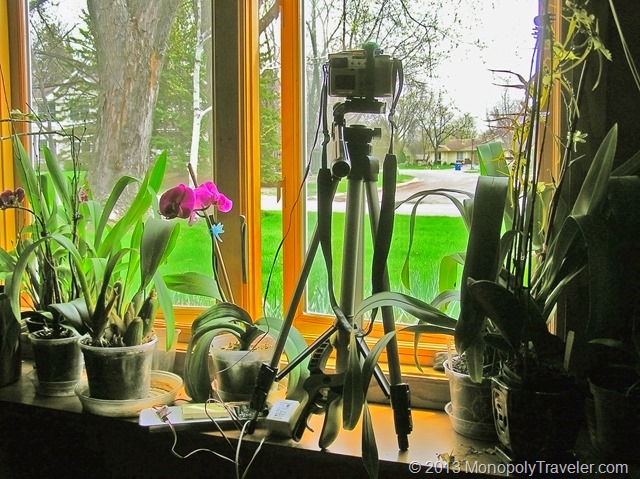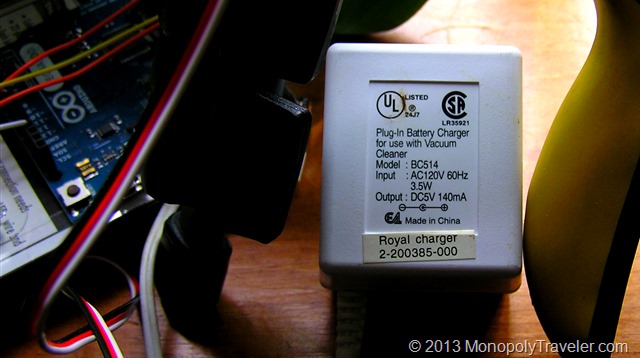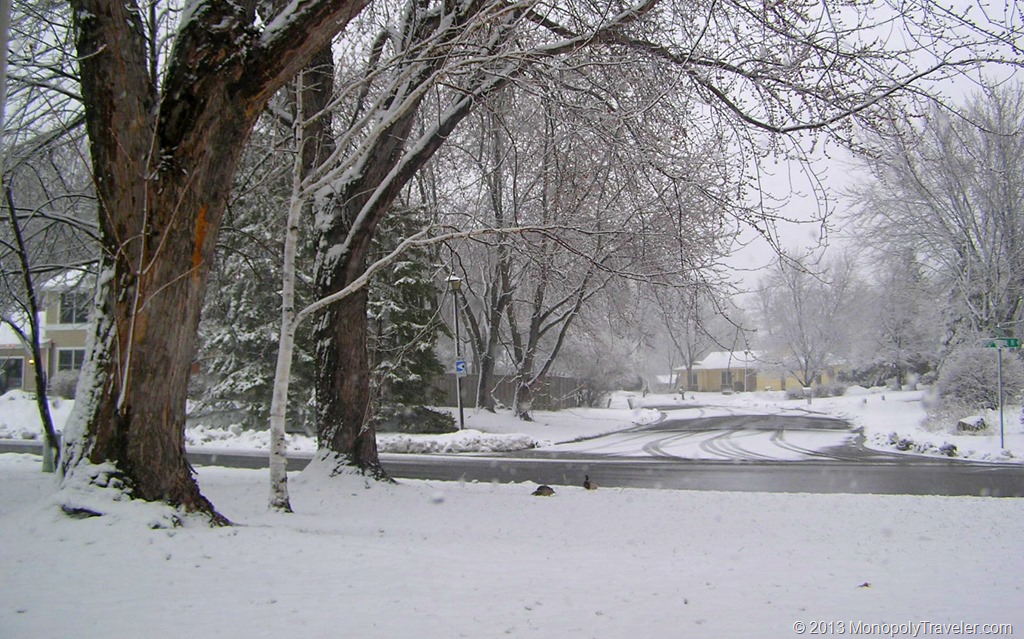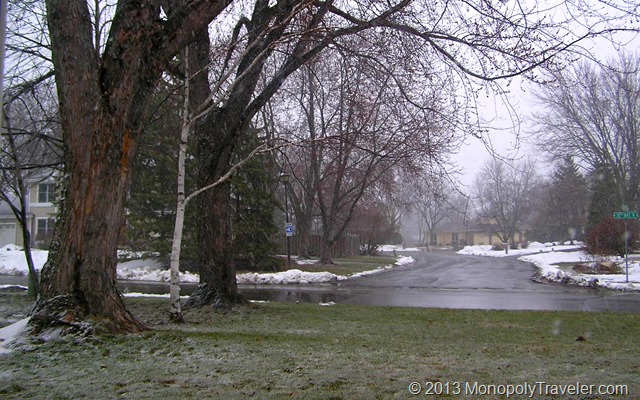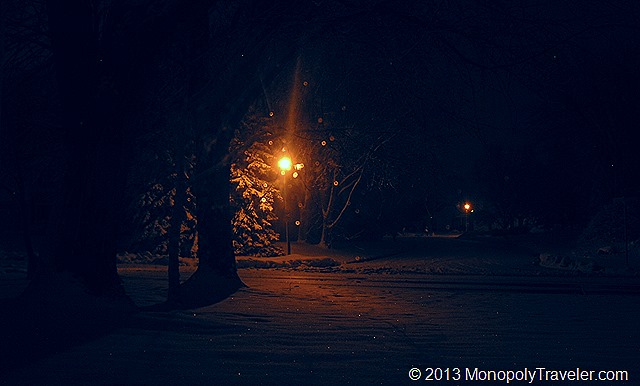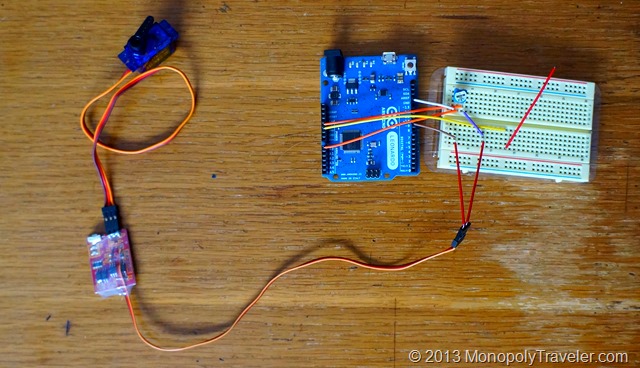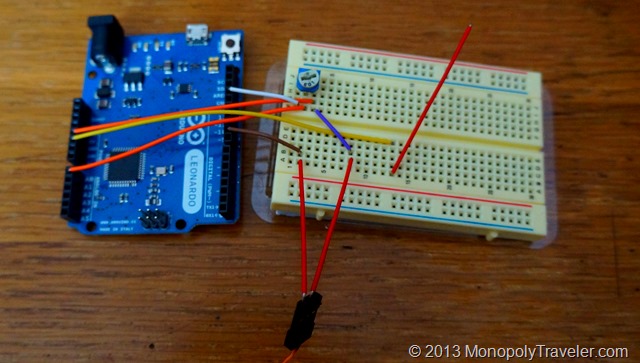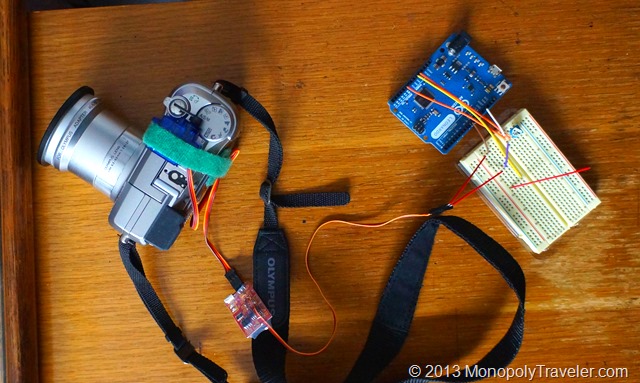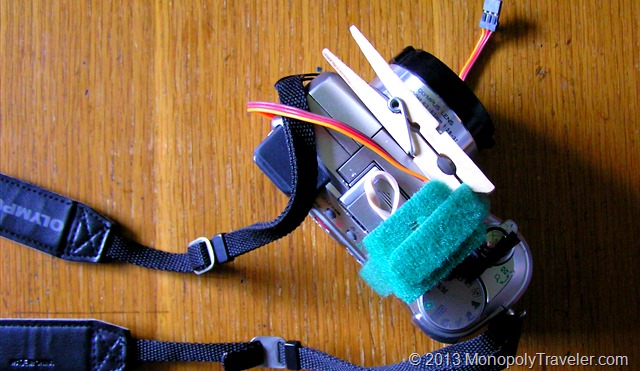The above photo is of a Columbine as photographed in Rocky Mountain National Park. We were taking a family trip there as part of our Monopoly travels to see the Flattop Mountain trail. In addition to seeing this trail there was much else to explore. To get this particular photo I had to climb down a very steep bank. The purpose was to see one of the higher waterfalls in the park. Unfortunately most of these falls were covered from view by trees. Once I got to the river I noticed some of the flowers in the area and took a few pictures. When looking back at this picture I remember the adventures in the Rockies but also enjoying a moment of solitude as the water rushed passed. The rest of the family was not far and were in sight almost the whole time but this was my own little personal experience in the Rockies that not many others get to share.
Below is a picture of another Columbine which I photographed in the bluffs lining the Mississippi River. This was another family adventure where we decided to embark on a 7 mile hike exploring the bluffs. This photo is a reminder to me of the time shared with members of my family and completing the longest hike for our family to date. It also reminds me of some great views of the Mississippi River and surrounding landscapes.
This last Columbine was a Mother’s Day gift to my wife. It is a hybrid that was grown in a greenhouse. Fortunately I have actually been to the greenhouse where it was grown, however it was not purchased there as it is a wholesale greenhouse only. It is a wonderful yearly reminder of why it was added to our landscape.
Each of these Columbines has a unique experience attached to them while all being closely related to one another. One found while exploring in the Rocky Mountains with another discovered on an adventure to the Mississippi River Bluffs and the last one represents the family that goes on these adventures along with the place that family returns to at the end of an adventure. At least for now!

